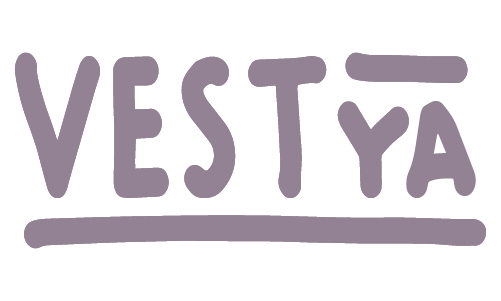Informações e actualizações importantes
Price Updates Coming Soon Over the past few years, rising costs have affected many businesses, and unfortunately, we’re no exception. Starting soon, our product prices will increase to reflect these […]
Informações e actualizações importantes Ler mais »













